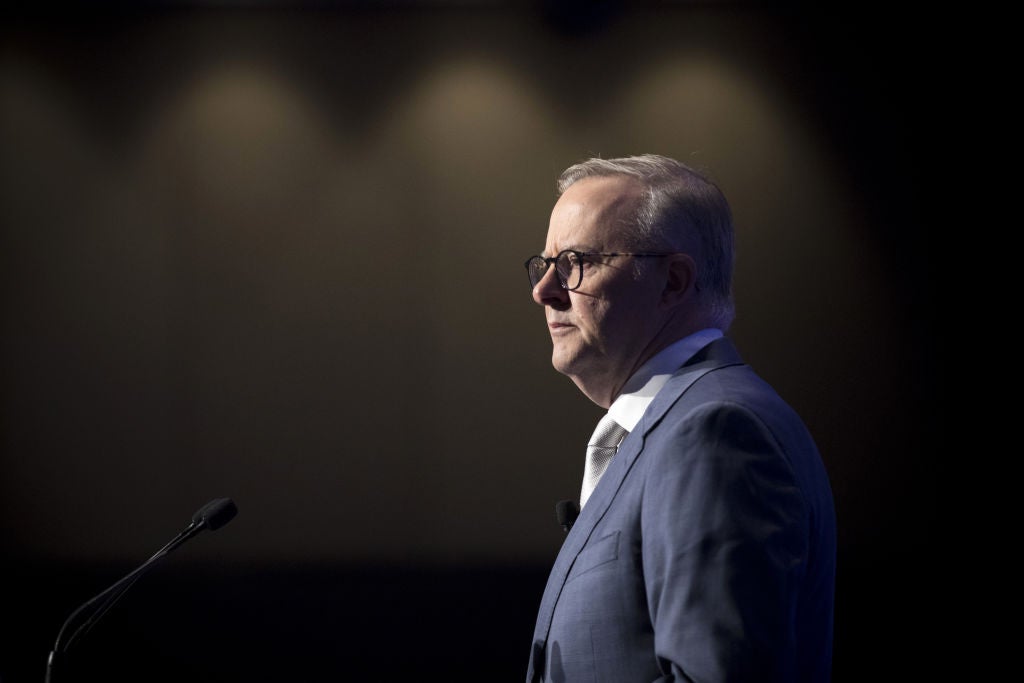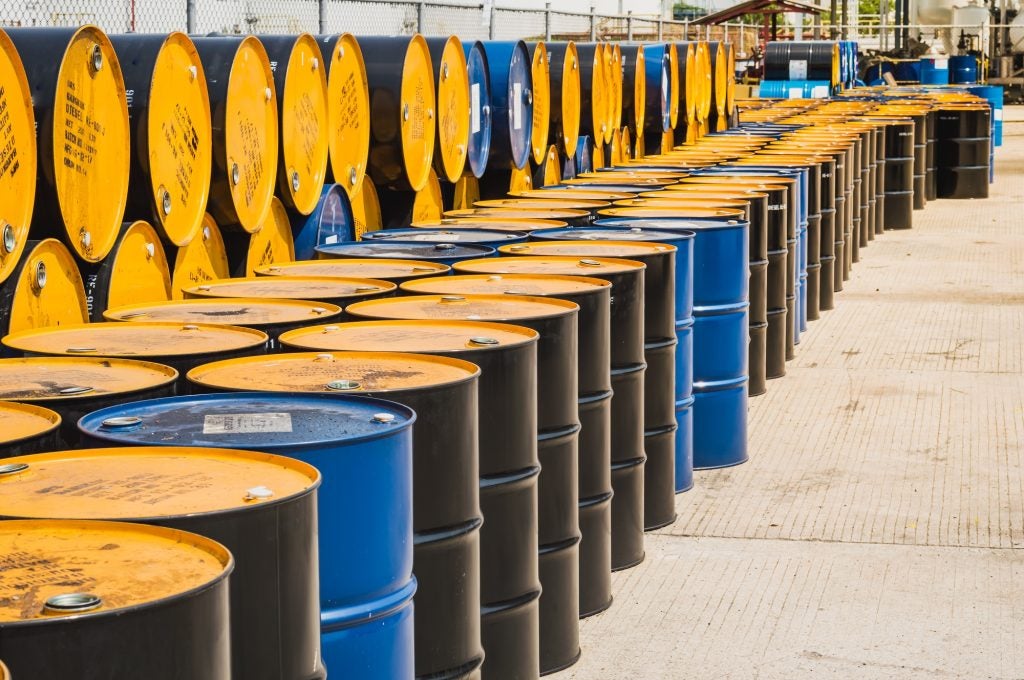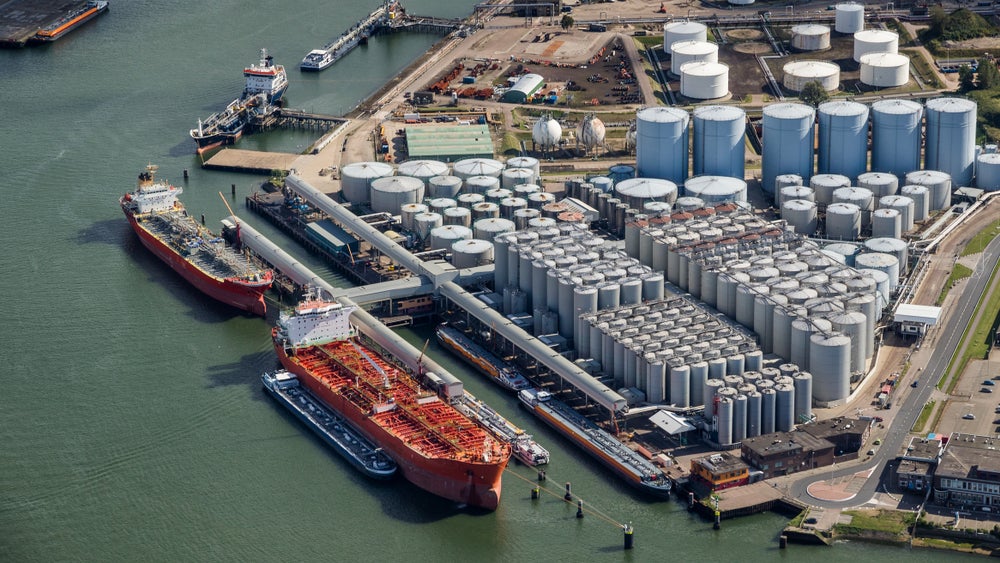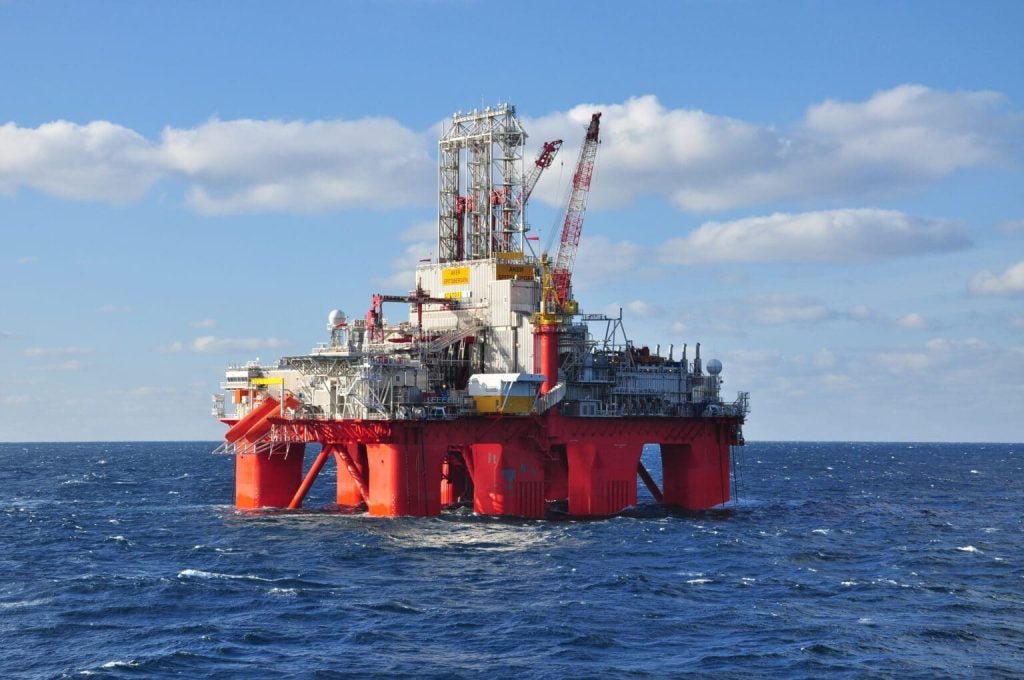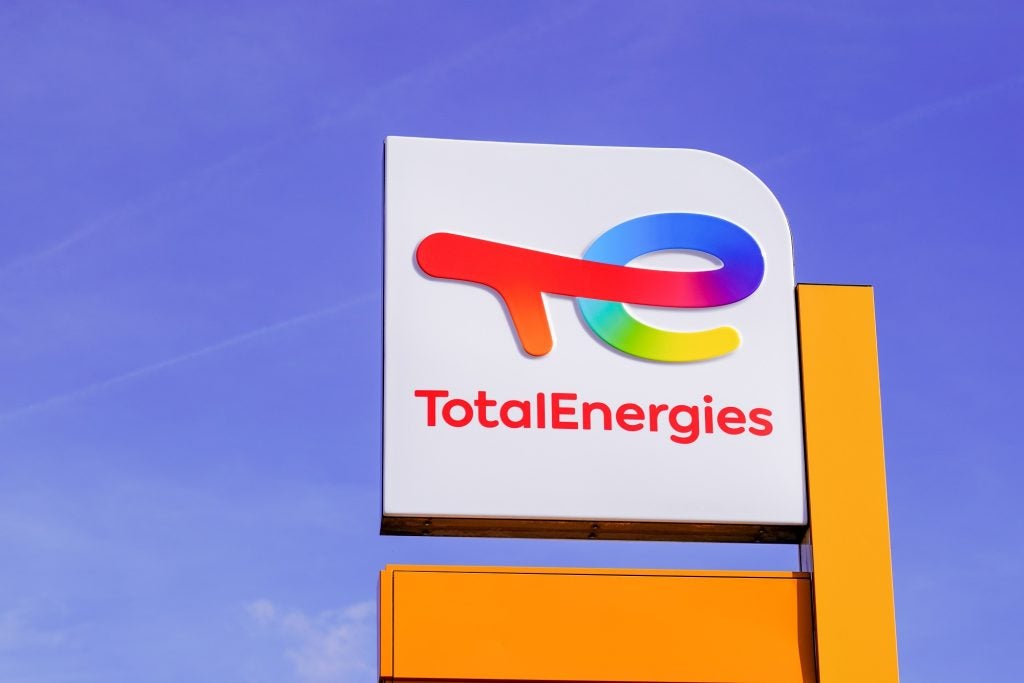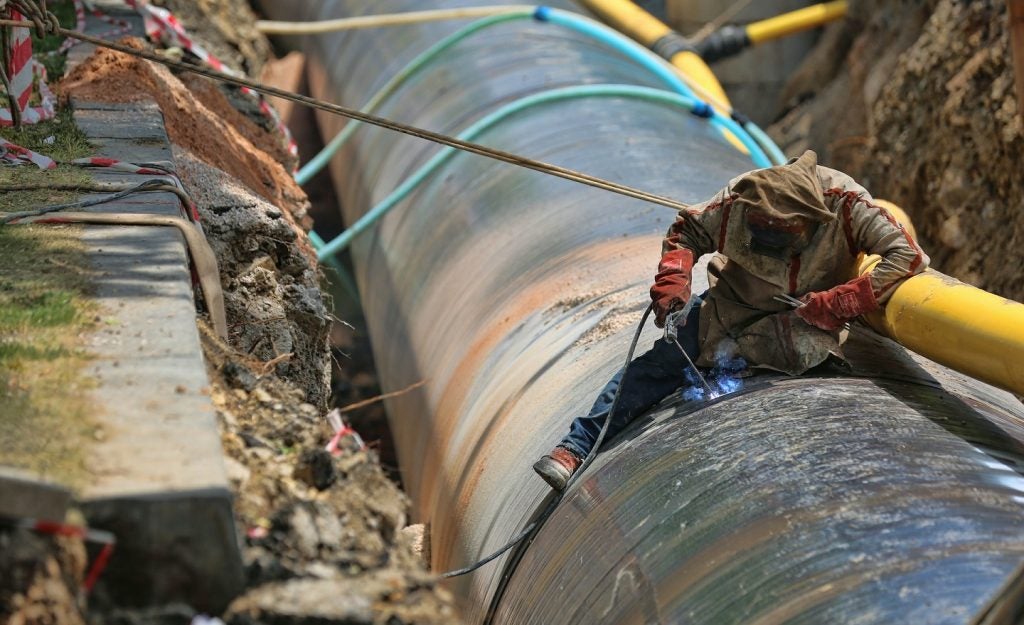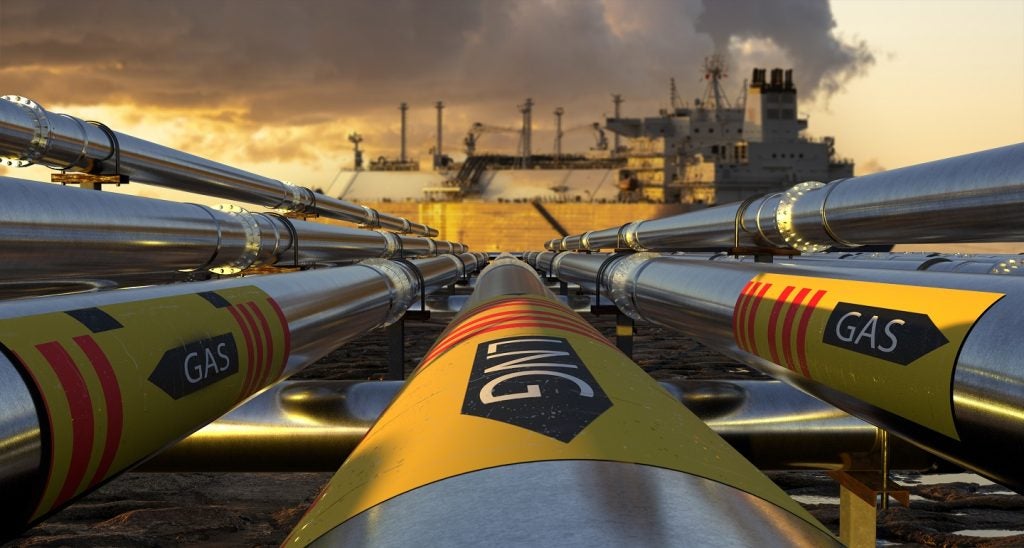In the 2022–2023 financial year, Australia is forecast to earn A$464bn ($302bn) from resource and energy exports, according to the federal Office of the Chief Economist’s (OCE’s) latest quarterly update in March. Buoyed by soaring prices in the wake of Russia’s invasion of Ukraine in February 2022, earnings from Australian liquefied natural gas (LNG) exports have trebled from 2020–2021, reaching A$91bn, despite a lower volume of exports year-on-year. Thermal coal too is poised for an increase, to A$65bn, up from A$16bn in 2020–2021.
But, the report added, these windfalls are not inevitable. It forecast a softening in earnings for 2023–2024 to A$378bn – as high energy prices drive decarbonisation forward faster – followed by a return to pre-crisis levels. The faster move to a zero-carbon world is expected to see earnings from exports of lithium – a key mineral for batteries and for which Australia produced 53% of the world’s 2022 volume – reach parity with thermal coal and overtake crude oil by 2027–2028.
The report also makes clear Australia’s main export markets: Japan, South Korea, China, India and Taiwan appear as the top destinations for both fuels and critical minerals.
“There’s this constant tension between the seemingly obvious implications of [these] countries’ future commitments and what they’re doing right now,” says Tennant Reed, director of climate and energy at the Australian Industry (Ai) Group, representing Australian businesses.
“Right now, demand for coal and even more so for gas is very robust [and] prices have been very high. There has been a rush of blood to the head for both of those sectors amid the ramifications of the invasion of Ukraine.
“But all those countries have committed to net-zero emissions by 2050, 2060 or 2070. The policies towards those objectives are visibly strengthening, even if they are not yet strong enough to achieve them, and the objectives themselves are likely to get more ambitious over time … It is very hard to sketch a world in which the temperature objectives of the Paris Agreement are achieved and there is much demand for coal or gas.”
Australian fossil fuel exports markets are looking to cut emissions
“While the targets differ by country, their overall impact on energy markets will be significant,” agrees Toby Hassall, a lead analyst for coal market research at financial research company Refinitiv.
“In terms of the impact on demand for Australian exports, current emissions reductions targets for Japan suggest its imports of Australian thermal coal in 2030 will be around 30% lower than 2021 levels – even when it is assumed that Japan avoids imports of Russian coal and Australia replaces all [of them].”
As for gas, Hassall says a pledge to cut emissions from Japan’s power sector by 46% by 2030 – contained in the country’s sixth Strategic Energy Plan – includes a target to reduce gas’s share in the power mix from 34% to 20%.
Conversely, South Korea’s current power plan forecasts gas-fired power output to remain unchanged, at 23%, in 2030 – with less coal, and more nuclear and renewables. Taiwan even foresees an increase in gas use – and renewables – alongside a phase-out of coal and nuclear power.
Perth-based non-profit Climate Analytics CEO Bill Hare said: “It all depends on the rate and timing of the decarbonisation of the key markets for Australian gas and thermal and metallurgical coal.
“We’re already seeing Japan, Korea and so on moving away from coal in the thermal power sector, announced coal-plant closures and so on … what happens to the overall thermal coal export market for Australia depends on whether it is able to find other markets – I sincerely hope not. In the larger scheme of things, the thermal coal market probably doesn’t have a very good future.”
Hare says gas exports also face a murky future, arguing that the International Energy Agency (IEA) forecasts a quick drop in gas demand in Australia’s key export markets and that a coal phase-out can be achieved by expanding renewables and improving energy efficiency. The market for gas in particular depends on how fast Australia's export markets decarbonise. “If they go slow, then there’s going to be larger demand for gas for longer; if they go faster, then LNG demand particularly could collapse in the next five years or so.”
“The reason the OCE is forecasting our LNG, coking coal and thermal coal as structurally challenged is that lower prices means their value is going to halve in the next three to four years,” says Tim Buckley, founder and director of Climate Energy Finance, an Australia-focused think tank.
“How do we make up a A$100bn trade gap? The answer is by 'value-adding', or exporting for example 'green' iron rather than raw materials, as well as critical minerals.
"It’s not one commodity, it’s the group of commodities – the critical minerals and the green metals – that fills that trade gap."
Buckley says Australia’s resource exporters need to be looking at the trade and decarbonisation policies of their partners so they can adapt, explore new opportunities – and close the trade gap.
A Green Transformation policy in Japan
Japan’s abrupt shift away from nuclear power in the wake of the Fukushima disaster in 2011 led to a steep increase in power-related emissions from fossil fuels. By 2019, fossil fuels accounted for 88% of Japan’s total primary energy supply, says the IEA – the sixth highest among its member states. In 2021–22, Australian energy and resource exports to Japan were valued at A$54bn – lagging only China, which imported Australian resources valued at A$140bn. In 2021, Japan was the top export market for Australian thermal coal – worth A$12.8bn – and the second destination for metallurgical coal, valued at A$7.9bn. The country was also Australia’s top market for LNG in 2022, earning the latter A$34.3bn.
All this is set to change – or so the Japanese Government hopes.
As part of a Green Transformation (GX) policy, which the Japanese Cabinet adopted in February 2023, the country is, controversially, planning to build new nuclear power plants while expanding renewables, in pursuit of a goal to cut power sector carbon emissions by 46% by 2030, compared with 2013 levels. The government will also incentivise energy efficiency and demand-side reductions, both for businesses and households.
[Link src="https://www.energymonitor.ai/all-newsletters/" title="Keep up with Energy Monitor: Subscribe to our weekly newsletter" font-size="20px"]“With the aim of breaking away from excessive dependence on fossil energy, we will promote thorough energy conservation on the demand side and fuel conversion in the manufacturing industry,” the GX policy outline states (translated from the original Japanese). It will also seek to “contribute to energy security, such as renewable energy and nuclear power, and make maximum use of power sources with high decarbonisation effects”.
The policy is not without its detractors, with Greenpeace Japan's executive director Sam Annesley criticising the move to revive the country’s nuclear power industry as against public opinion – despite recent polls showing the opposite. “The imperative global objectives of securing energy and promoting decarbonisation are pressing concerns. Nonetheless, using them as a justification for advancing the flawed reintroduction of nuclear power will impose an undue burden on future generations,” Annesley said in a statement in March marking the 12th anniversary of the Fukushima disaster.
Buckley says the GX policy could act as a “trigger” for a change in Australia's export strategy, including via the planned introduction of a mandatory emissions trading scheme (ETS) from 2026, with a voluntary ETS starting this year. “How does Japan decarbonise? The answer is with real difficulty. They need to decarbonise things like steel by bringing in green iron rather than iron ore,” he argues.
Australia's exports: From coal and gas to critical minerals, batteries and electric vehicles
This new kind of value-add is at the heart of an imminent India-Australia deal for a battery assembly plant in India, which in 2021 was the top export market for Australian metallurgical coal – valued at A$12.1 bn – and the fourth-largest destination for thermal coal, at A$1.6bn. The battery deal, which follows a meeting between India’s Prime Minister Narendra Modi and Australian Prime Minister Anthony Albanese in March 2023, will see Australia supply the materials for the batteries and possibly perform some pre-export processing before they are shipped to the battery assembly factory, which itself will likely be located near an electric vehicle assembly plant.
“It’s acknowledging we want to get further down the value-add chain,” says Buckley. “That’s where we need the top-down government strategy – the policy, the bilateral agreements."
This approach could work for most of Australia’s key export markets.
“It highlights how many options Australia has got,” Buckley says. “It’s countries like Japan, South Korea and Taiwan that are really hard to decarbonise because they’re small, they don’t have good solar resources, they don’t have the land, they have high population densities and they have big industries.”
Prospects for Australian fossil fuel exports to China and India hardly look great. While China this year lifted its three-year ban on Australian coal imports, volumes still lag pre-ban levels. Refinitiv’s Hassall notes coal exports from Australia to China over March and April totalled around 11.75 million tonnes, or 70% of the volume in the same two months in 2020.
Reed from Ai Group isn’t sure that China’s “gyrations” in sentiment towards Australian coal imports coupled with India’s preference for domestic coal and increased focus on energy security bode well for Australia’s coal.
He says: “It’s at least as plausible that currently major importing countries which also have domestic production, which China and India sure do, prefer to sustain their own production for a combination of security and employment reasons, domestic social peace reasons, even while their total consumption goes down.”
Reed is equally leery of the future for gas exports, especially once governments and consumers start looking at curbing consumption and swapping to renewables.
He adds: “Right now, the 2020s look like the era of the golden parachute for the gas sector – there’s plenty of money to be made by existing projects … but after that, it all looks a bit grim.”
Editor's note: This story was updated after publication to correct a quote from Climate Energy Finance Director Tim Buckley.


